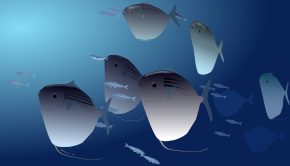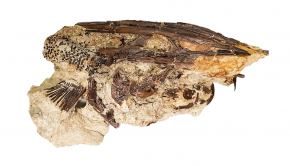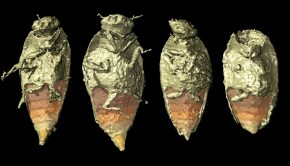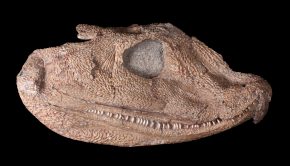Published on September 28th, 2016 | by David Marshall
Making footprints without feet: Lungfish moving on land leaves unusual traces
Research carried out by Liverpool John Moores University (LJMU) has found that an African lungfish can leave trackways on sand or mud akin to that of footprints made by walking animals.
Dr Peter Falkingham from LJMU’s School of Natural Sciences and Psychology led the research, published today by Scientific Reports which has uncovered the unusual findings after analysing the traces left behind when the freshwater species of fish move over a soft substrate.
Lungfish are able to breathe air, an evolutionary adaptation that allows them to move between bodies of water, for instance when the pond they are living in dries up. When they do move over land, they do so by planting the head into the mud, and then ‘flicking’ the rest of the body forward.
The findings found that as the lungfish moved in this way, the head would create relatively deep impressions while the body made only small disturbances to the sediment. The resulting trackway consisted of alternating left-right impressions; impressions which share similarities with trackways made by animals with feet.
The study, carried out with Dr Angela Horner from California State University, San Bernardino also found that sometimes, if the mouth of the fish was open, the upper and lower jaws would leave separate impressions.
Dr Falkingham, Senior Lecturer in Vertebrate Biology said: “This study could have much broader implications for palaeontologists and biologists alike. Lungfish as a group have been around since the Devonian, some 400+ million years ago, and yet there are no reports of fossil lungfish trackways.
“This is a little surprising because we have body fossils of lungfish spanning from the Devonian to the present day, and we also have fossil lungfish burrows, but there are no reports of lungfish trackways. It could be because no one has ever thought to look for them, or really known what they would look like.”
More significantly, the authors contentiously suggest that the similarities between lungfish trackways and those made by animals with feet – tetrapods – might mean that if found in the fossil record, lungfish traces might be assumed to be made by tetrapods.
Concluding, the study shows that there are features to tell lungfish traces from those left by animals with limbs.
Dr Angela Horner added: “There are currently a wealth of studies focusing on the movements modern ‘tetrapod analogue’ fishes use during terrestrial locomotion, such as the walking catfish and mudskipper. We hope that researchers might add trackway studies to their repertoire to enhance the fossil trackway search image.”
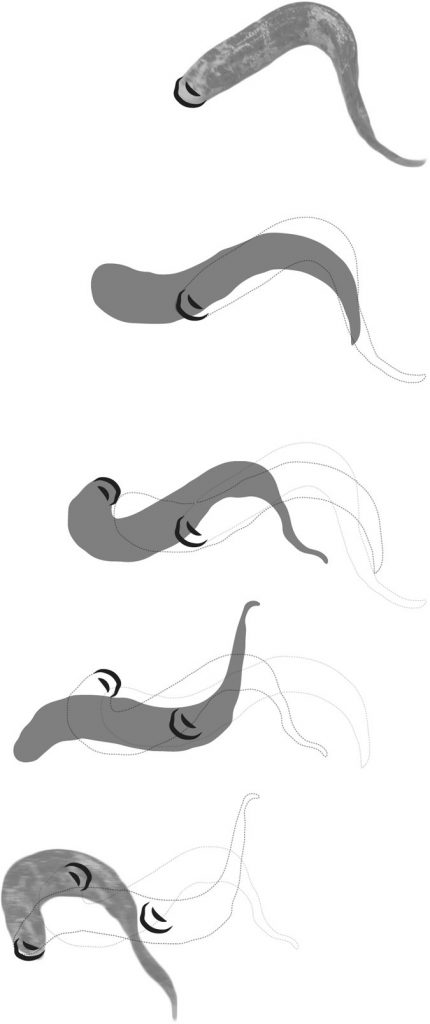
The head is planted into the sediment, and used as a pivot around which to arch the body. The process is then repeated by planting the head to the other side. Depending on the consistency of the mud, either a single impression is left, or two impressions are formed from the upper and lower mouth parts.

